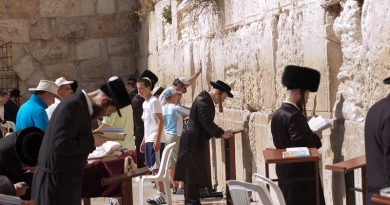The Founding of Delaware
Early explorations of Delaware’s coastline were made by the Spaniards and Portuguese in the sixteenth century, by Henry Hudson in 1609 under the auspices of the Dutch, by Samuel Argall in 1610, by Cornelius May in 1613, and by Cornelius Hendricksen in 1614.
In 1631, 11 years after the landing of the English pilgrims at Plymouth, Massachusetts, the first white settlement was made on Delaware soil.The expedition of about 30 individuals sailed from the town of Hoorn under the leadership of Captain Peter Heyes in the ship De Walvis (The Whale). Their settlement, called Zwaanendael, meaning valley of swans, was located near the present town of Lewes on the west bank of the Lewes Creek, today the Lewes and Rehoboth Canal. Arriving in the New World in 1632 to visit the colony, Captain de Vries found the settlers had been killed and their buildings burned by the Indians.
No further attempts a colonization were made on Delaware soil until 1638, when the Swedes established their colony near present-day Wilmington. This was the first permanent European settlement in the Delaware Valley. Fort Christina in Wilmington, with the fine monument created by the noted sculptor, Carl Milles, and presented by the people of Sweden, perpetuates the memory of these first settlers and preserves “The Rocks” where they first landed.
The New Castle Court Museum has been here since the month George Washington was born, 276 years ago; it is the most historically significant building in the state. This is literally where Delaware began. The Court House Museum was Delaware’s original capital, and it was in the second-floor Assembly Room that its citizens decided to break away from Pennsylvania—and later England— in 1776.
The next year, with British gunships sitting in the river a couple of blocks away, the state capital was moved to Dover. But the building continued to serve the people of New Castle, as a courthouse for a century, then as the town hall, mayor’s office, police station, men’s club, gymnasium and tea room.
When the new Constitution was submitted to the states for ratification, Delaware was the first of the thirteen original states to ratify the Constitution of the United States. This unanimous ratification took place in a convention of Dover on December 7, 1787, whereby Delaware became “The First State” of the new Federal Union. Proud of this heritage, Delawareans continue to honour the traditions which made them the First State to ratify the United States Constitution.




